
With winter drawing to a close, the first signs of spring are increasingly apparent in the garden: first the snowdrops, then crocuses and now the daffodils are coming into flower. The birds too are singing again. Hence this latest project for my blog: regular drawings/paintings of garden birds with commentaries.
This first illustration shows a blackbird in a mountain ash tree, which of course would be an autumn sighting. In the spring they are more often seen feeding on the ground: running along, they'll stop dead, tilt their head to one side, listen, then suddenly they'll pull up a worm.
One of the most common visitor to English gardens, especially in the spring when they have young to feed, the blackbird is easy to identify by sight and by its glorious song.
The Blackbird / Le Merle
The naturalist Georges-Louis Leclerc, comte de Buffon (1707-1788) describes the blackbird thus:
Le mâle adulte dans cette espèce est encore plus noir que le corbeau, il est d'un noir plus décidé, plus pur, moins altéré par des reflets : excepté le bec, le tour des yeux, le talon et la plante du pied, qu'il a plus ou moins jaune, il est noir partout et dans tous les aspects ; aussi les Anglais l'appellent-ils l'oiseau noir par excellence.
The adult male is even blacker than the crow. It's a purer, more definite black that is affected less by the light. The bird is black all over except for beak, the ring around the eyes, the claw and the base of the foot, which are all yellow. It's for this reason that the English call this bird the blackbird.
The illustration is a drawing that I did on the computer using the Paint programme.
Le mâle adulte dans cette espèce est encore plus noir que le corbeau, il est d'un noir plus décidé, plus pur, moins altéré par des reflets : excepté le bec, le tour des yeux, le talon et la plante du pied, qu'il a plus ou moins jaune, il est noir partout et dans tous les aspects ; aussi les Anglais l'appellent-ils l'oiseau noir par excellence.
The adult male is even blacker than the crow. It's a purer, more definite black that is affected less by the light. The bird is black all over except for beak, the ring around the eyes, the claw and the base of the foot, which are all yellow. It's for this reason that the English call this bird the blackbird.
The illustration is a drawing that I did on the computer using the Paint programme.
The extract from L'Histoire naturelle by Buffon is cited at: http://www.oiseaux.net/

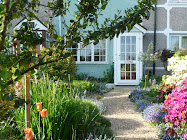

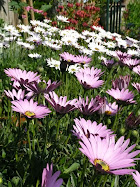




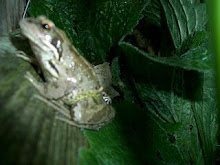

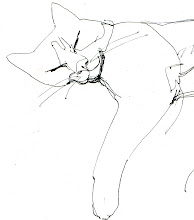



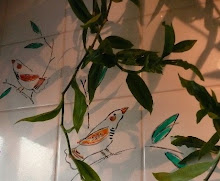
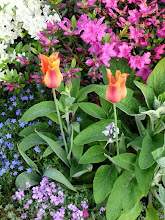




No comments:
Post a Comment